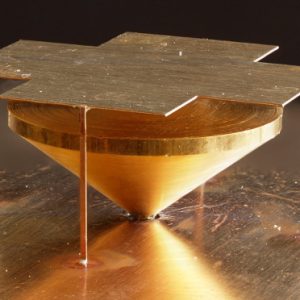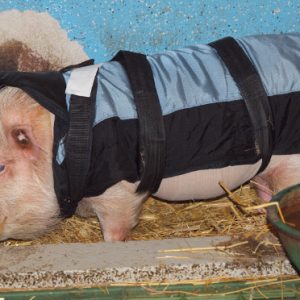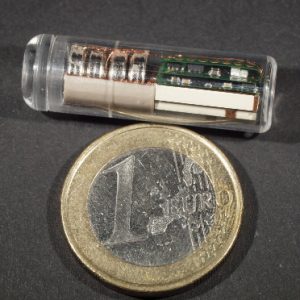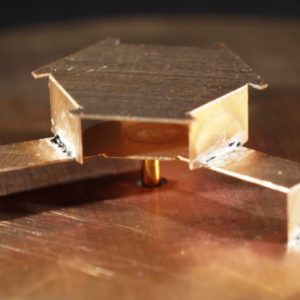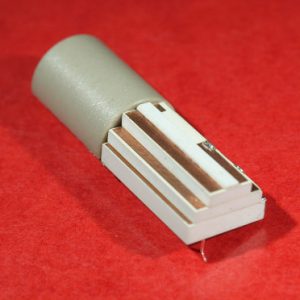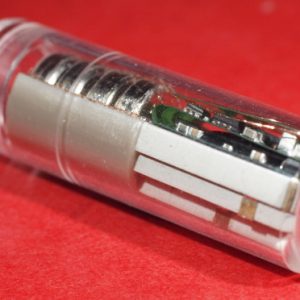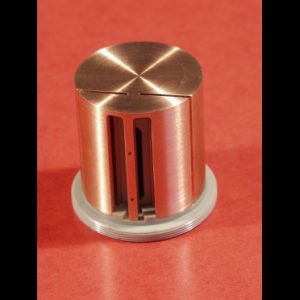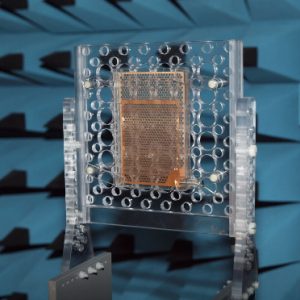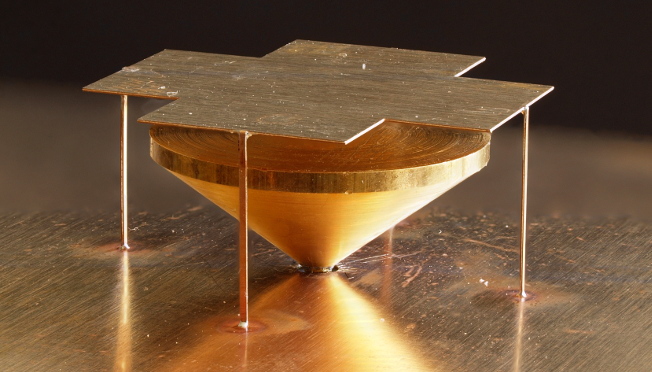
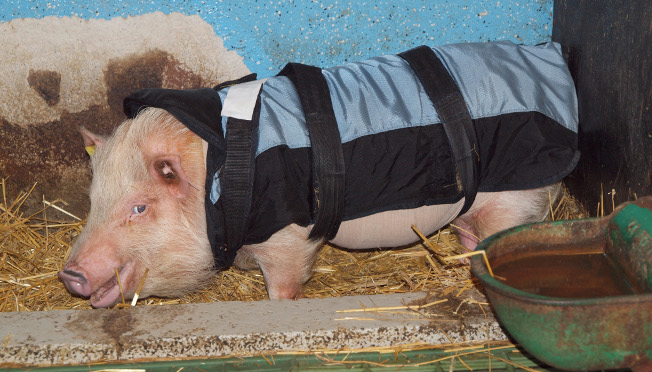
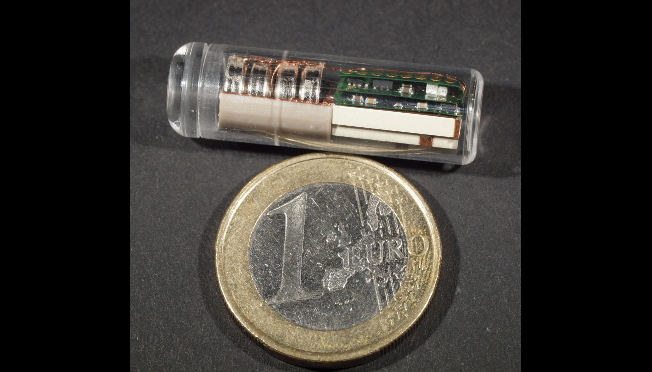
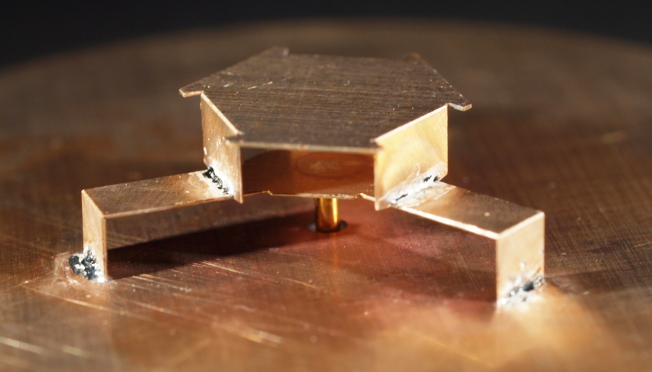
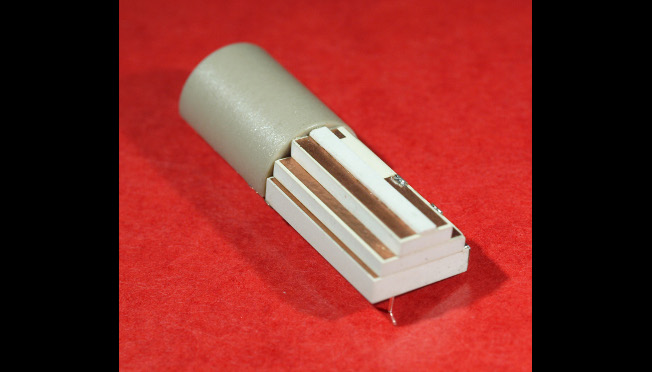
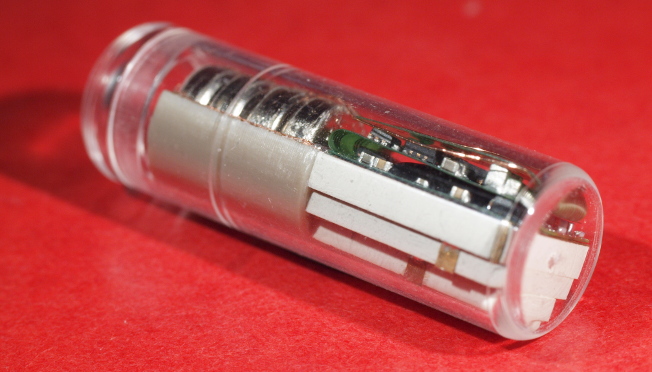
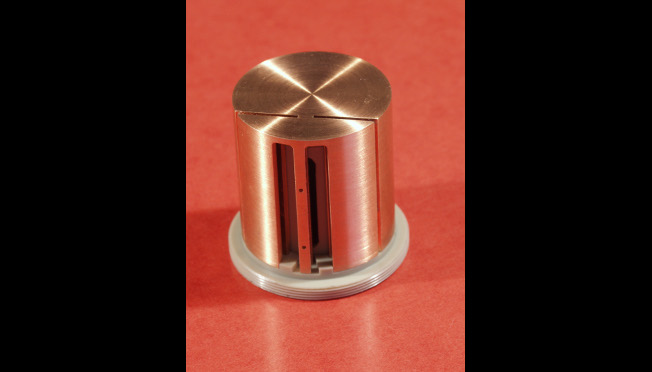
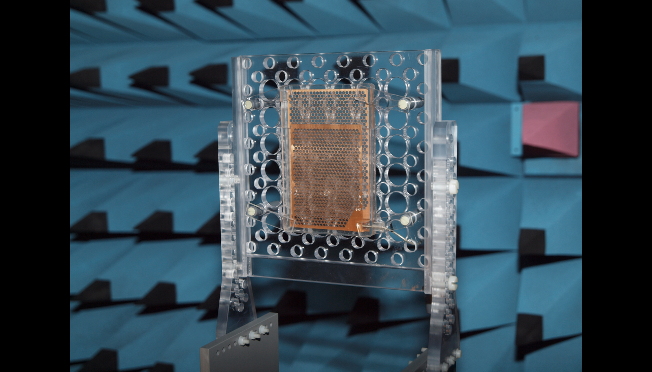
Wearable applications have undergone a tremendous growth since the early years 2000, and the increase has been even more marked in the past three or four years, the wearable market growing from 7 billion US$ in 2012 to 25 billion US$ in 2017. Smart wearables include medical applications, but also ubiquitous communication and computing, sports, fashion and gadgets. A key feature of wearables is low power consumption: indeed, energy is provided either by harvesting or by a battery; in the first case the energy available is intrinsically small, in the second a low consumption will lead to longer intervals before charging, and thus a better user comfort.
Many of these wearable applications require communication links in order to transmit voice or data to another object or an interlocutor. These links can be In-, On-, or Off-Body, and different requirement exist for those links, mostly depending on the application: the system should be unobtrusive for fashion, reliable and robust for security and military, user friendly for medical, and so on. The range might also vary from very short (some centimeters) to medium (several hundreds of meters). For all applications, the link budget is tight, due to the limited amount of energy available, leading to development of ultra low consumption components mentioned above.
The main source of losses in these systems is in general not due to the electronics involved, but to the coupling of the electromagnetic waves to the lossy biological tissues: indeed, it can for instance be shown that in the case of medical implants, more than 95 % percent of the power radiated by the antenna to communicate data outside the body is absorbed by the host body; or in the case of wearable devices, the electromagnetic coupling to the wearer will often drastically lower the radiation efficiency to below 10%. The antenna is thus a key element of such systems.
In our research projects, we are interested in designing optimal antennas for both implantable and wearable systems. We look into the propagation in lossy media, and try to determine limits on achievable transmission links. We are interested in obtaining the best possible antenna for a specific applications; but we also make a step back in order to develop general design rules and appropriate measurement techniques.
